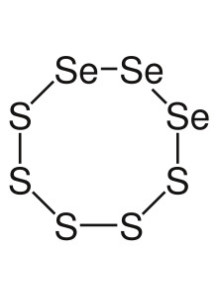Selenium Sulfide
Cosmetics
Code: 8955
an antifungal agent commonly used in shampoos to treat various scalp conditions
Cart
No products
Subtotal:
0.00
Total
0.00
THB



